Good public spaces are stages for our common lives, where we live our everyday lives, exchange ideas, kowledge and goods and gather around celebrations. We want our public spaces to be welcoming for everyone, as meeting-places in our diverse urban neighbourhoods. However, we do also experience parks or streets that are either empty, in little use or dominated by single groups. Squares that are not appreciated by women are often used by even more vulnerable groups. Conflicing interests is seen between children’s need for playgrounds and drugusers and dealer’s meetingplaces. These troubled public spaces bear witness to a need of new approaches to the development of thriving neighbourhoods where none is left behind.
Safety is one of the most important factors for people to make use of public space, this is in particular true for girls and women. More than 130 countries around the world have laws that, in the name of security, are barriers to womens movement. Simultaneously it is the presence of others that generate a feeling of saftey. In order to create welcoming public spaces that contain competing interests, we need more than an empty stage: We need to explore a combination of social, physical and organisational approaches and solutions together with the differnet users.
1.How may public spaces support youth’s innovation of safe, inclusive and sustainable neighborhoods? Strategy: CPTED, diversity and transparent shielding and balancing of competing interests and youth reasearch/entrepreneurship.
Project: Oslo – the public living-room in Deichman library, Nairobi/Mathare hand wash station and Akademi for Grønt byliv OsloLivingLab/Nabolagshager.
2. How to make a public space welcoming for children and women without chasing people with drug-problems away? Strategy: Neigbourhood-based dialogues with all group of interests, presence and eyes on the park, and inter-diciplinaire cooperation/-creation between welfare services. Project: Copenhagen - Neighborhood groups in Kafe Dugnad and Oslo - Urtehagen, Bydel Gamle Oslo.
3. How can architecture support civic society and make «silent voices» audible for equal access to public space? Strategy: Combining collaboration of local stakeholders with principles of differentiated design of public spaces. Project: Zanzibar Reclaim Women’s Space – a garden at Hurumzi Square, and Oslo/Ammerud-triangel: the gym, atrium and tunnel – public spaces responding to diversity of needs in vulnerable neighborhoods.
By inviting inhabitants and civic society, OAT will acknowledge their knowledge. Urban neighbourhood challenges calls for interdisciplanry approaches, where inhabitants are experts alongside architects, social scientists, entrepreurs, urban developers and service providers. Participation contributes to the impact of OAT, and should be paid jobs.
The state of public spaces is a measurement of our societies’ ability to leave noone behind. Their are potentially conflicting, but at the same time places for negotiating innovative solutions to structural challenges. Addressing actual, local challenges and by putting people with various resources together, OAT can contribute to the solutions and give something back to a vulnerable, rich and diverse neighbourhood hosting OAT.
By combining projects from the global north and south, OAT will share knowledge around common urban challenges.The challenge in the global south may be bigger, so may the learning lessons from their sucessful stories.
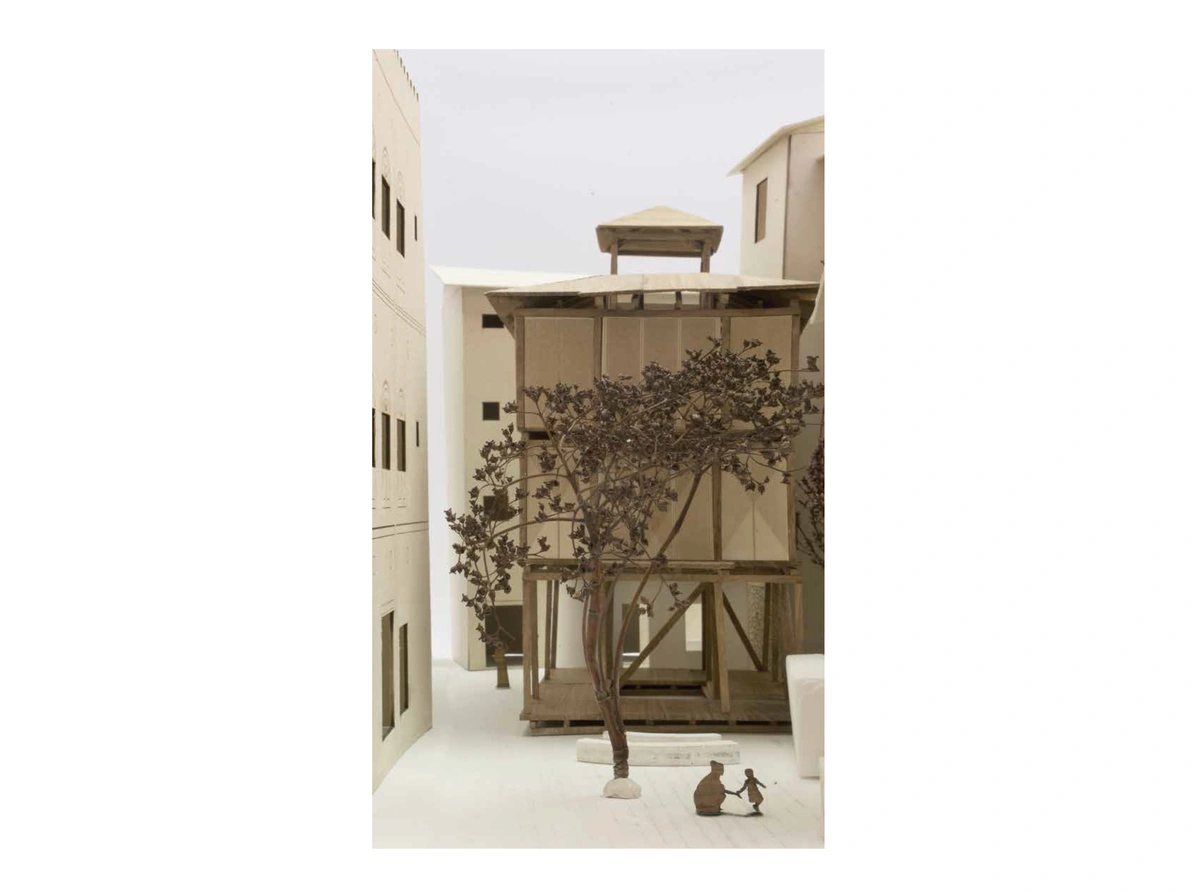
Stone Town Eva B. Storrusten. Diversity and transparent shielding to reclaim women's space
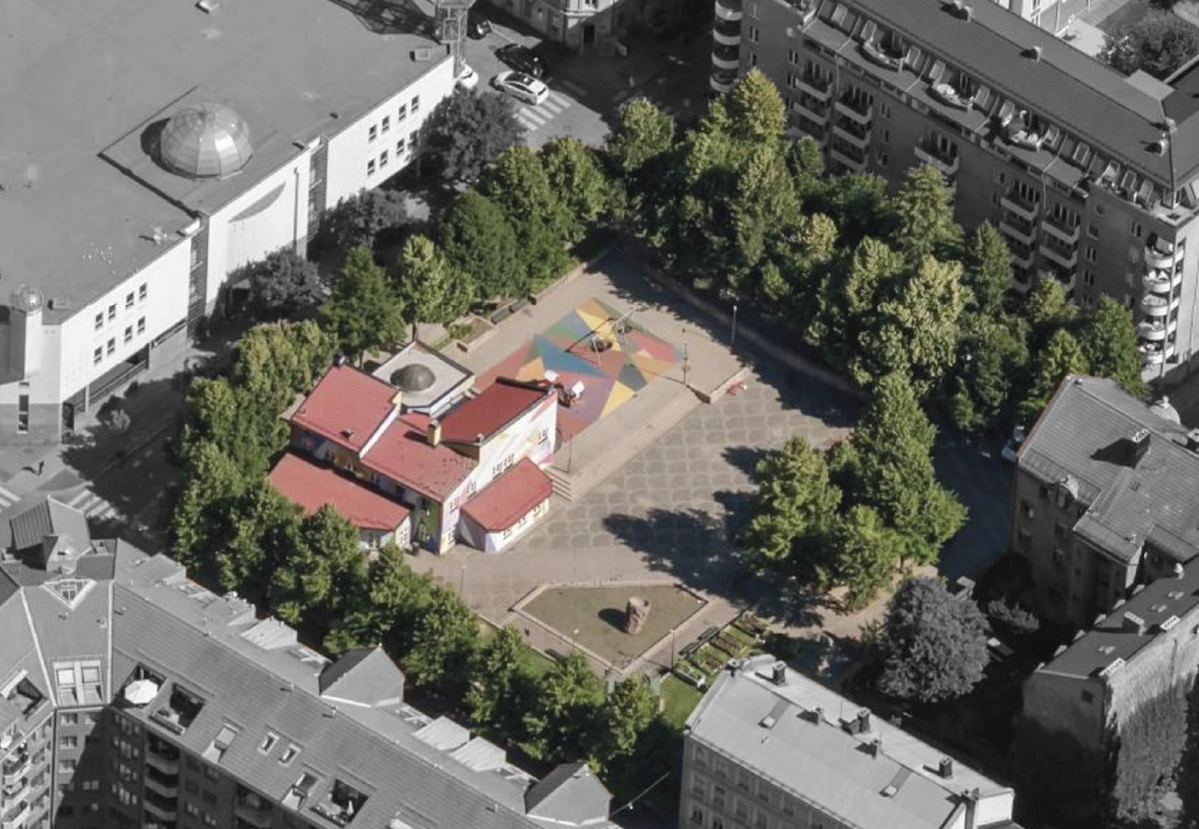
Urtehagen BGO Balancing of competing interests
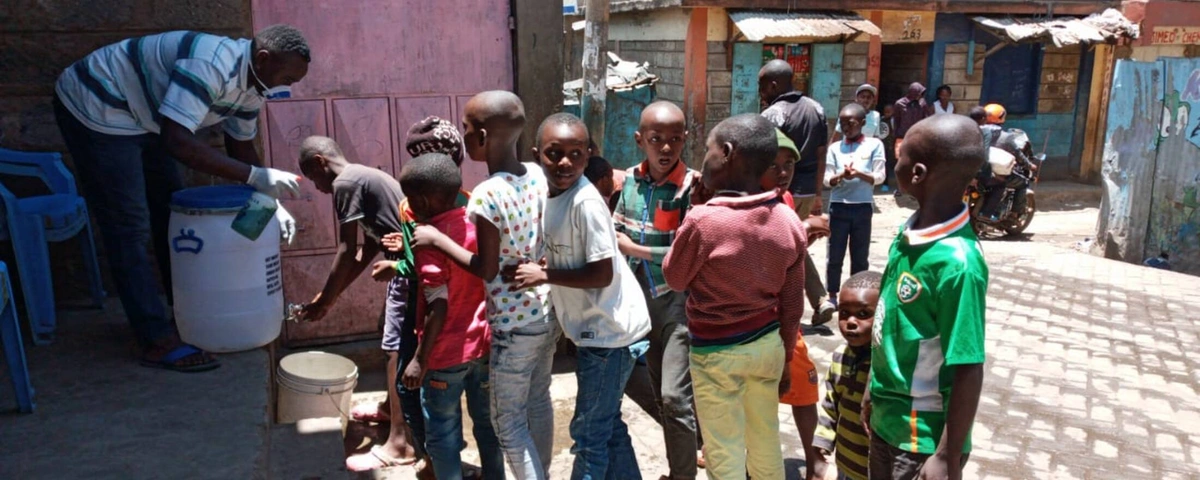
Mathare Hand wash stations youth social innovation
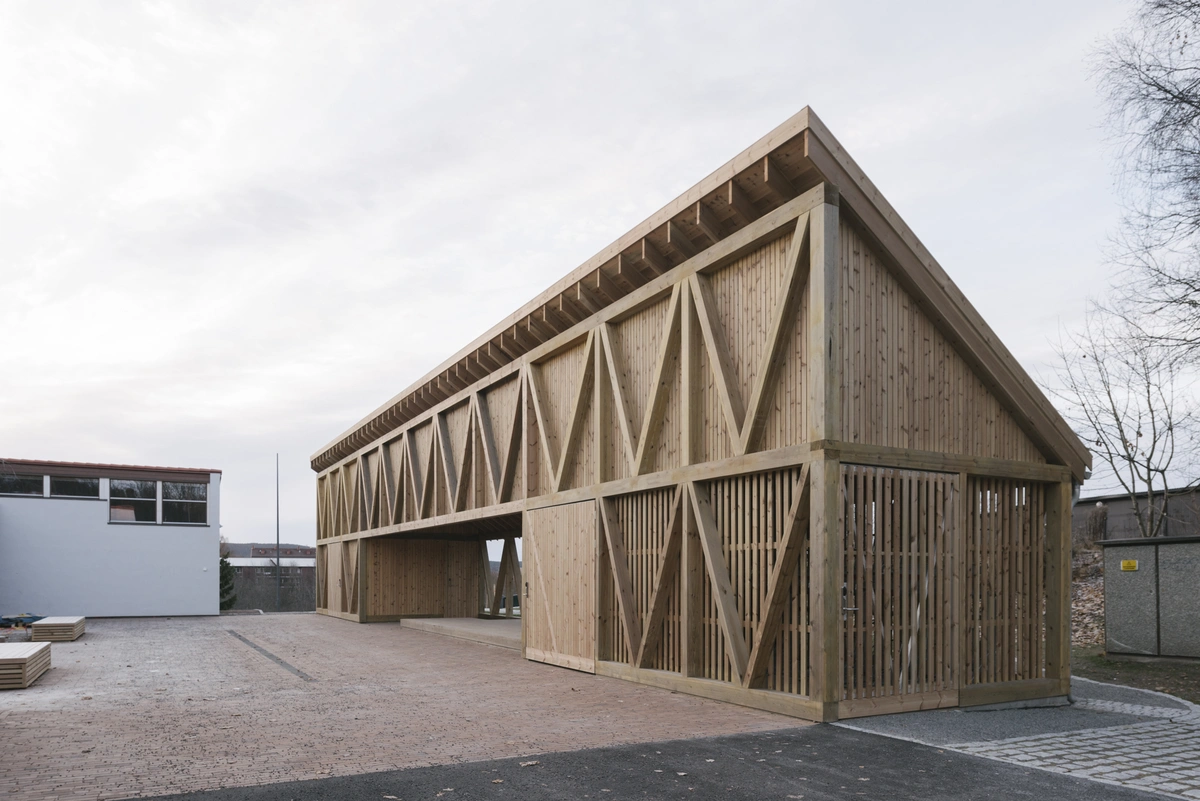
Ammerud triangle public spaces responding to diversity of needs in vulnerable neighborhoods.
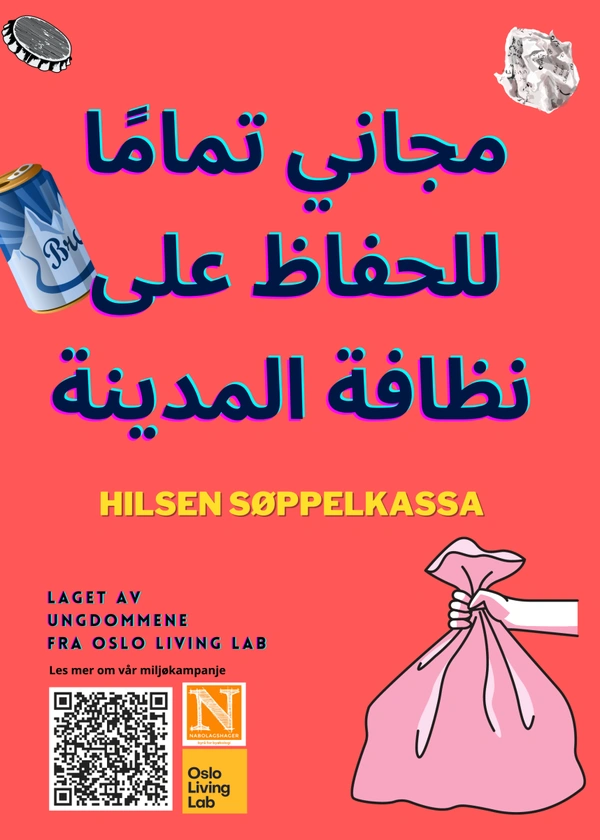
Akademi for grønt byliv Youth reaserch and solution on public spaces in the neighbourhood
Ellen S. de Vibe former cheif planner of Oslo now represents the board of Habitat Norway, Kjersti Grut local program leader Områådeløft Grønland and Tøyen, City area district Gamle Oslo, Oslo municipality and Eva Storrusten, architect have put together the concept. Helene Gallis Nabolagshager, and Cecile Skar have confirmed contribution.